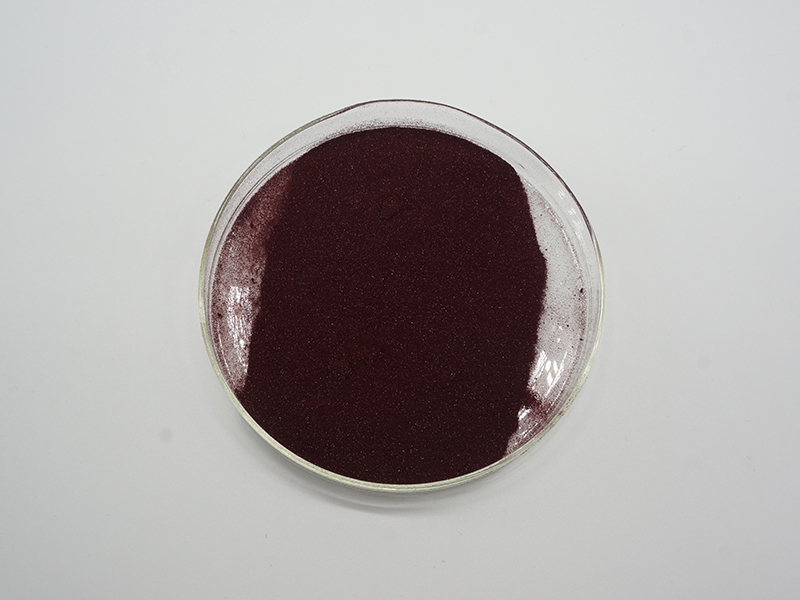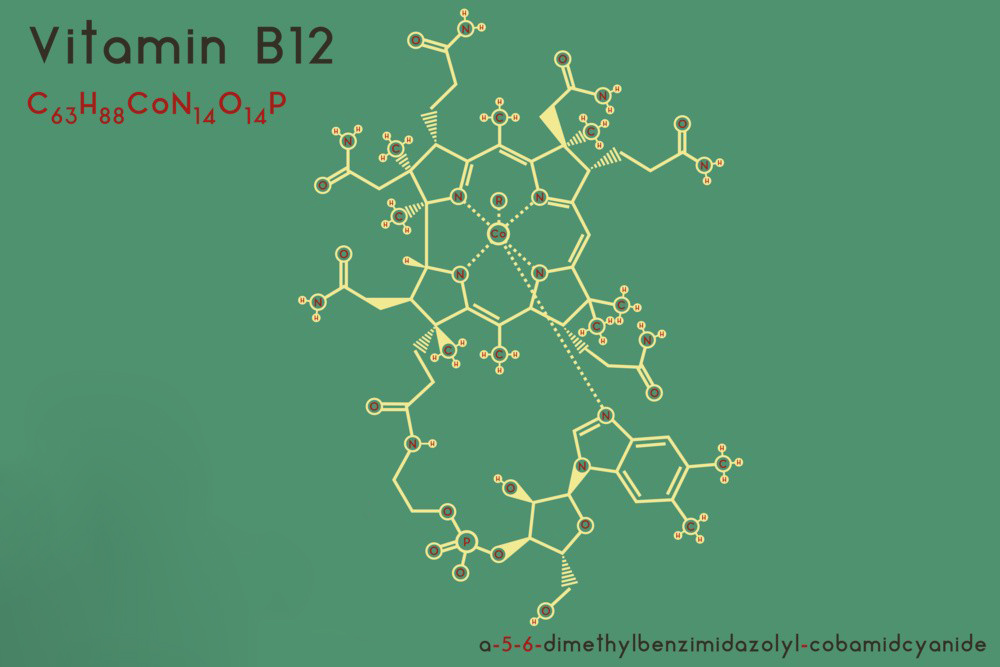Mecobalamin, also known as methylcobalamin, is a form of vitamin B12. It is used for treating vitamin B12 deficiency and related conditions, such as neuropathies. Below, I’ll outline the typical materials and methods used for studying and working with mecobalamin in a laboratory or clinical setting.
Materials of Mecobalamin
1.Mecobalamin
Pure mecobalamin (often in powder form) or mecobalamin tablets/injections.
2.Solvents and Reagents
Distilled water
Alcohols (methanol, ethanol) for dissolving or extracting mecobalamin.
Buffer solutions (e.g., phosphate buffer) to maintain pH during reactions or storage.
Chemical reagents for assays, such as HPLC (high-performance liquid chromatography) solvents and standards.
3.Biological Samples
Blood samples (serum or plasma) for clinical studies.
Tissue samples for studying the distribution and metabolism of mecobalamin.
4.Analytical Instruments
HPLC system equipped with a suitable detector (e.g., UV, fluorescence).
Spectrophotometer for measuring absorbance.
Mass spectrometer (MS) for precise molecular analysis.

5.Laboratory Equipment
Centrifuge for separating components of biological samples.
Micropipettes and pipette tips for accurate liquid handling.
Glassware (beakers, flasks, test tubes).
pH meter to adjust and monitor pH levels.
Incubators for maintaining temperature during reactions.
Sterile syringes and needles for injections in animal studies or clinical settings.
Methods of Mecobalamin
1.Preparation of Mecobalamin Solutions
Stock Solution: Dissolve a known quantity of mecobalamin in distilled water or an appropriate solvent to prepare a stock solution. Store this solution under conditions specified by stability studies (often refrigerated and protected from light).
Working Solutions: Dilute the stock solution to required concentrations using buffer solutions.
2.Assay of Mecobalamin
HPLC Analysis:
Sample Preparation: Filter and possibly dilute the biological samples.
Chromatographic Conditions: Use a suitable column (e.g., C18 reverse-phase column), mobile phase (a mix of water and organic solvents like acetonitrile), and detection wavelength (typically around 254 nm for UV detection).
Calibration Curve: Prepare standard solutions of known concentrations of mecobalamin and plot a calibration curve.
Quantification: Inject the sample into the HPLC system and quantify mecobalamin by comparing the peak area to the calibration curve.
3.Pharmacokinetic Studies
Animal Studies: Administer mecobalamin to animals (e.g., rats or mice) via oral or intravenous routes.
Sample Collection: Collect blood samples at various time intervals post-administration.
Analysis: Measure mecobalamin concentrations in blood samples using HPLC or MS to determine pharmacokinetic parameters (e.g., half-life, bioavailability).

4.Clinical Studies
Human Trials: Administer mecobalamin to human subjects under controlled conditions.
Monitoring: Regularly collect blood samples and monitor clinical parameters (e.g., levels of hemoglobin, red blood cell count, neurological assessments).
Data Analysis: Analyze the data statistically to evaluate the efficacy and safety of mecobalamin treatment.
5.In Vitro Studies
Cell Culture: Treat cultured cells with mecobalamin to study its effects on cell growth, differentiation, or biochemical pathways.
Assays: Perform various assays, such as MTT assay for cell viability, Western blot for protein expression, and RT-PCR for gene expression.
Summary
Mecobalamin is an important compound studied for its therapeutic effects, particularly in treating vitamin B12 deficiencies and neuropathies. The materials used include pure mecobalamin, solvents, biological samples, and analytical instruments. The methods involve preparing solutions, assaying mecobalamin using techniques like HPLC, conducting pharmacokinetic and clinical studies, and performing in vitro experiments. Each step requires careful consideration of conditions and precise analytical techniques to ensure accurate and reliable results.
